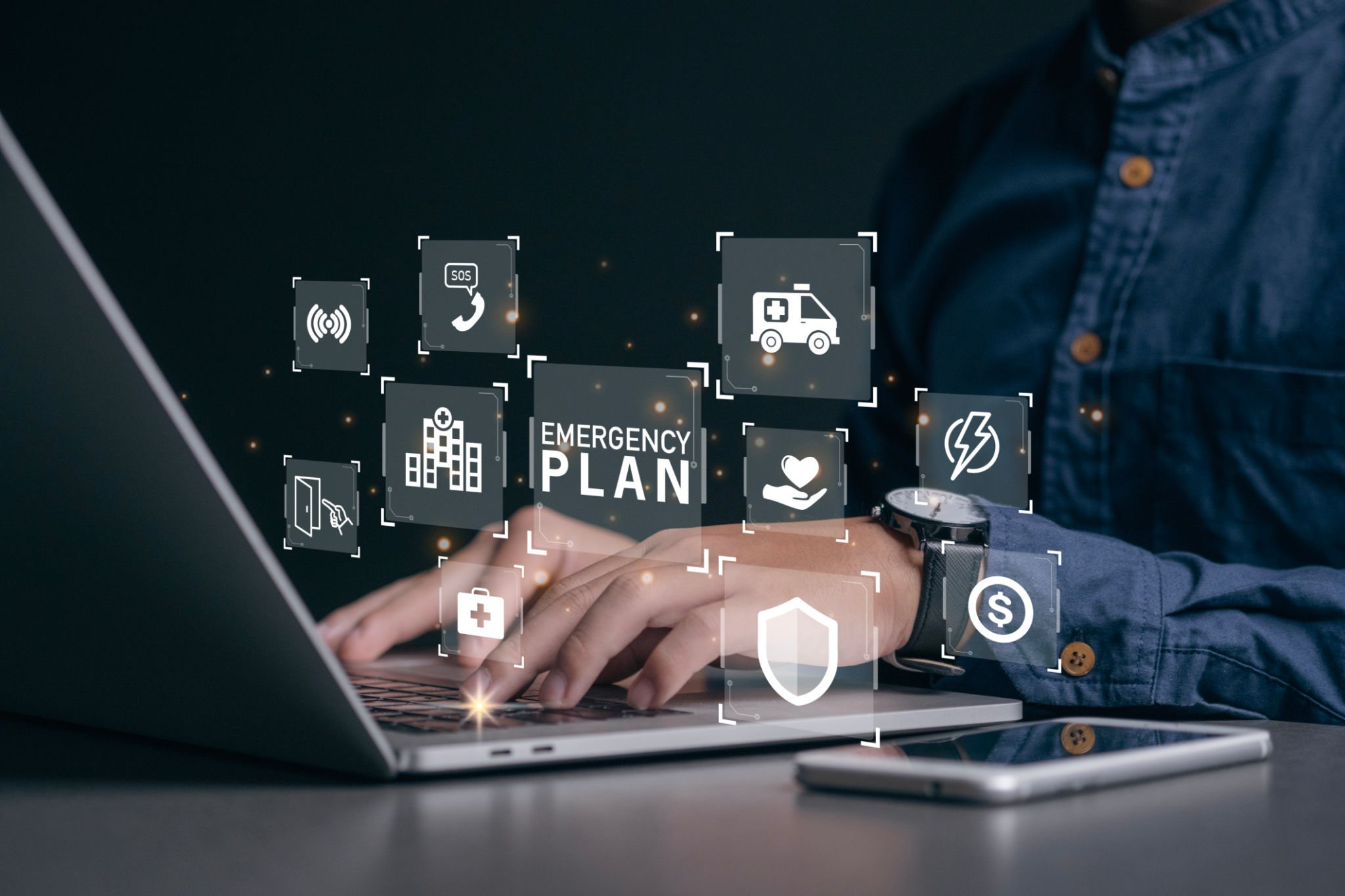Understanding AEDs: Why They're Crucial and How to Use Them Effectively
What is an AED?
An Automated External Defibrillator (AED) is a portable device that is used to treat sudden cardiac arrest by delivering an electric shock to the heart. This shock can help re-establish an effective rhythm in the heart. AEDs are designed to be easy to use, making them accessible to the general public and not just medical professionals.
The device is highly intuitive, often equipped with visual and audio instructions to guide users through the process. When used correctly and promptly, an AED can significantly increase the chances of survival for someone experiencing cardiac arrest. Understanding how to operate an AED can make a crucial difference in emergency situations.

Why AEDs Are Crucial
Cardiac arrest is a leading cause of death worldwide. When someone experiences this medical emergency, every second counts. Quick intervention with an AED can double or even triple the chances of survival. The device's main function is to restore a regular heart rhythm when the heart stops beating effectively.
AEDs are strategically placed in public spaces such as airports, schools, and shopping malls, making them readily available in high-traffic areas. Their presence is crucial, as it enables immediate response while waiting for emergency medical services to arrive.

The Science Behind AEDs
An AED works by analyzing the heart's rhythm and determining if a shock is needed. If the device detects an irregular rhythm that could be fatal, it instructs the user to deliver a shock. This shock is intended to stop the chaotic rhythm and allow the heart to reestablish a normal pattern.
The device uses electrode pads that are placed on the patient's chest. Once the pads are attached, the AED will begin analyzing the heart's rhythm. Users should ensure no one is touching the patient when administering the shock to avoid injury.
How to Use an AED Effectively
Using an AED is straightforward, thanks to its user-friendly design. Here’s a step-by-step guide:
- Turn on the AED: Follow the audio and visual prompts provided by the device.
- Attach the electrode pads: Place them on the patient’s bare chest as indicated on each pad.
- Let the AED analyze: Ensure no one is touching the patient during analysis.
- Deliver a shock if advised: Press the shock button when instructed, ensuring everyone stands clear.
- Continue CPR if needed: Follow any additional prompts from the AED until professional help arrives.

AED Training and Awareness
While AEDs are designed for ease of use, it's beneficial to have training in their operation. Many organizations offer CPR and AED courses that cover essential skills for responding to cardiac emergencies. These courses provide hands-on practice and increase confidence in using AEDs effectively.
Raising awareness about AEDs and their locations is also important. Public education campaigns can inform people about how to recognize cardiac arrest symptoms and how to act swiftly using an AED.
Conclusion
AEDs play a vital role in saving lives during cardiac emergencies. With their accessibility and ease of use, these devices empower more people to respond effectively in critical situations. Understanding how to operate an AED and participating in training programs can make a life-saving difference when seconds matter most.
